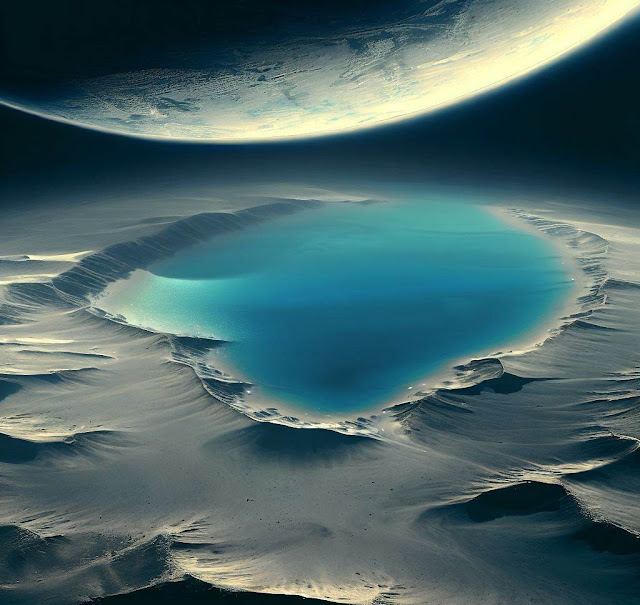It’s Official: NASA Confirms Discovering 5,000 Worlds Outside The Solar System
.jpg)
In January 1992, two cosmic objects forever changed our galaxy. For the first time, we had concrete evidence of extrasolar planets, or exoplanets, orbiting an alien star: two rocky worlds, whirling around a star 2,300 light-years away. Now, just over 30 years later, that number has exploded. The hugely significant milestone of over 5,000 exoplanets confirmed. To be precise, 5,005 exoplanets are now documented in the NASA exoplanet archive, every one with its own unique characteristics. Each and every one of these exoplanets has appeared in peer-reviewed research, and been observed using multiple detection techniques or methods of analysis. The pickings are rich for follow-up study to learn more about these worlds with new instruments, such as the recently launched James Webb Space Telescope, and upcoming Nancy Grace Roman Space Telescope. “It’s not just a number,” says astronomer Jessie Christiansen of the NASA Exoplanet Science Institute at Caltech. “Each one of them is a new world, a
.jpg)














